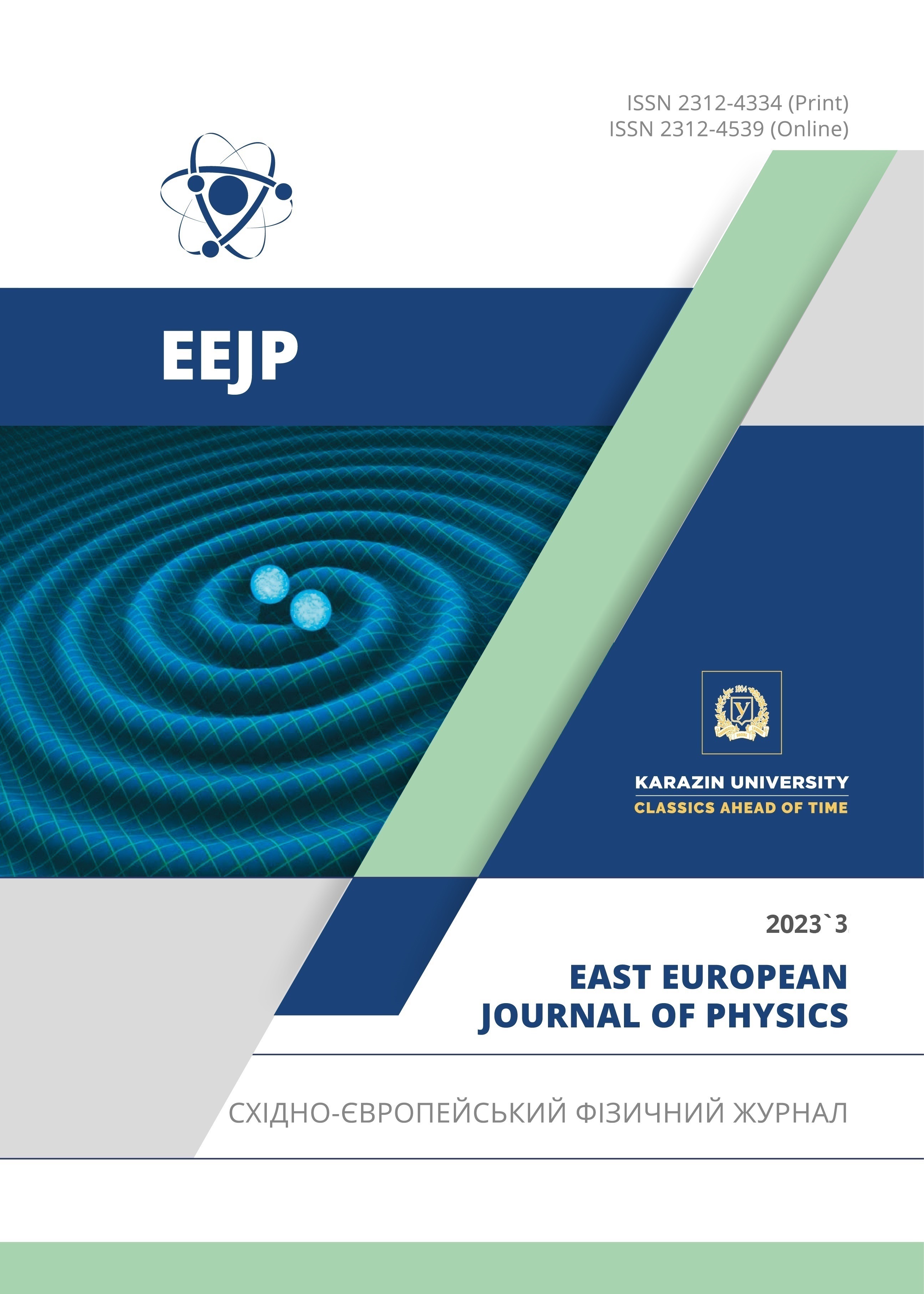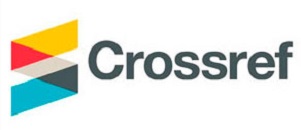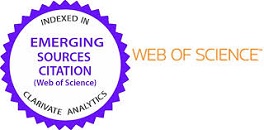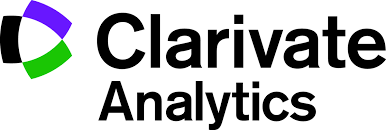Isolation of Responsive Elements of Planar Multi-Element Photodiodes
Abstract
In the mass production of multi-element silicon p-i-n photodiodes, the problem of systematic rejection of products due to a decrease in the insulation resistance between the active elements of photodetectors has been revealed. The purpose of this work is to study the causes of insulation resistance degradation and to establish optimal methods for avoiding this phenomenon. A comparative analysis of three insulation methods was carried out: classical insulation by the surface of a non-conductive substrate and a dielectric layer; insulation by means of mesaprofile grooves with a dielectric film; insulation by means of areas of limitation of surface leakage channels isotypic with the substrate material (in this case, p+-type) formed in the gaps between active elements. The study found that the reason for the deterioration of the insulation resistance between the active elements of photodiodes is the presence of conductive inversion channels at the Si-SiO2 interface due to the use of silicon with high resistivity. One mechanism for the formation of inversion channels is the redistribution of impurities in the masking oxide (in particular, phosphorus) and their diffusion to the interface during thermal operations. Another mechanism for the formation of inversion layers is the diffusion of boron from silicon into SiO2 during heat treatment due to the fact that the boron segregation coefficient is less than one. In the manufacture of samples with insulation using non-conductive areas of the substrate, a decrease in insulation resistance was observed as the technological route was performed (after each subsequent operation, the resistance degraded). The degree of degradation can be reduced by reducing the duration of thermal operations. It has been shown that reducing the thickness of the masking oxide causes a decrease in insulation resistance. When using mesa-technology, it is possible to increase the insulation resistance by eliminating the high-temperature oxidation operation and, in fact, due to the absence of a masking coating during phosphorus deposition. Insulation by means of p+-type areas in the gaps between the active elements allows to obtain the highest insulation resistance values. The formation of these regions with a width of 100 μm in the gaps with a width of 200 μm allowed us to obtain an insulation resistance of 25-30 MΩ. To ensure the insulation of the active elements of photodiodes by this method, two thermal operations are added to the technological route. The number of thermal operations can be reduced by doping the entire silicon surface with a low boron concentration before forming a masking coating.
Downloads
References
M. Kukurudziak, Radioelectronic and Computer Systems, 105(1), 92 (2023). https://doi.org/10.32620/reks.2023.1.07
V.M. Lytvynenko, and I.M. Vikulin, Bulletin of the Kherson National Technical University, (1), 46 (2018). (in Ukrainian)
Yu.O. Kruglyak, and M.V. Strikha, Sensor Electronics and Microsystem Technologies, 16(2), 5 (2019). https://doi.org/10.18524/1815-7459.2019.2.171224 (in Ukrainian)
M.S. Kukurudziak, East Eur. J. Phys. 2, 289 (2023), https://doi.org/10.26565/2312-4334-2023-2-33
M. Sartori, M. Arosio, and A. Baschirotto, in: 2023 IEEE 18th Conference on Ph. D Research in Microelectronics and Electronics (PRIME), 2023, https://doi.org/10.1109/PRIME58259.2023.10161956
A.N. Horban, and V.V. Kravchyna, Tekhnol. Konstr. Elektron. Appar. 3, (2011). (in Ukrainian)
T. Piotrowski, M. Węgrzecki, M. Stolarski, and T. Krajewski, Opto-Electronics Review. 23(4), 265 (2015), https://doi.org/10.1515/oere-2015-0035
G. Gautier, and P. Leduc, Applied Physics Reviews, 1(1), (2014), https://doi.org/10.1063/1.4833575
M. Shan, C. Guo, Y. Zhao, Q. Chen, L. Deng, Z. Zheng, and C. Chen, ACS Applied Nano Materials, 5(7), 10081 (2022). https://doi.org/10.1021/acsanm.2c02689
O.Yu. Nalivaiko, Eelectronics NTB, 6, 134 (2022), https://doi.org/10.22184/1992-4178.2022.217.6.134.140, (in Russian)
H. Yagyu, T. Yamaji, M. Nishimura, and K. Sato, Japanese journal of applied physics, 49(9R), 096503 (2010). https://doi.org/10.1143/JJAP.49.096503
K.O. Boltar, I.V. Chinareva, A.A. Lopukhin, and N.I. Yakovleva, Appl. Phys. 5, 10 (2013).
M.S. Kukurudziak, and E.V. Maistruk, Semicond. Sci. Technol. 38, 085007 (2023), https://doi.org/10.1088/1361-6641/acdf14
O.V. Dubikovsky, Bulletin of the National Academy of Sciences of Ukraine, 2, 79 (2023). https://doi.org/10.15407/visn2023.02.079 (in Ukrainian)
M.S. Kukurudziak, Semiconductor Physics, Quantum Electronics & Optoelectronics, 25(4), 385 (2022). https://doi.org/10.15407/spqeo25.04.385
M.S. Kukurudziak, Surface Chemistry, Physics and Technology, 14(1), 42 (2023). https://doi.org/10.15407/hftp14.01.042 (in Ukrainian)
M.M. Atalla, E. Tannenbaum, and E.J. Scheibner, Bell System Tech. J. 38, 749 (1959). http://bstj.bell-labs.com/BSTJ/images/Vol38/bstj38-3-749.pdf
Sah S.T., Sello H., Sah C., and Tremere D.A., J. Phys. Chem. Solids, 11, 288 (1959). https://doi.org/10.1016/0022-3697(59)90229-X
H. Chen, K. Morita, X. Ma, Z. Chen, and Y. Wang, Solar Energy Materials and Solar Cells, 203, 110169 (2019). https://doi.org/10.1016/j.solmat.2019.110169
M.S. Kukurudziak, Journal of nano- and electronic physics, 14(1), 01023 (2022). https://doi.org/10.21272/jnep.14(1).01023
K. Racka-Szmidt, B. Stonio, J. Żelazko, M. Filipiak, and M. Sochacki, Materials, 15(1), 123 (2022). https://doi.org/10.3390/ma15010123
A.Y. Liu, D. Yan, and S.P. Phang, Solar Energy Materials and Solar Cells, 179, 136 (2018). https://doi.org/10.1016/j.solmat.2017.11.004
B. Wang, and J. Mu, PhotoniX, 3, 8 (2022). https://doi.org/10.1186/s43074-022-00052-6
K. Ravey, Defects and impurities in semiconductor silicon, (Trans.), G.N. Gorina (Ed.). (Mir, Moscow, 1984) (in Russian)
Copyright (c) 2023 Mykola S. Kukurudziak

This work is licensed under a Creative Commons Attribution 4.0 International License.
Authors who publish with this journal agree to the following terms:
- Authors retain copyright and grant the journal right of first publication with the work simultaneously licensed under a Creative Commons Attribution License that allows others to share the work with an acknowledgment of the work's authorship and initial publication in this journal.
- Authors are able to enter into separate, additional contractual arrangements for the non-exclusive distribution of the journal's published version of the work (e.g., post it to an institutional repository or publish it in a book), with an acknowledgment of its initial publication in this journal.
- Authors are permitted and encouraged to post their work online (e.g., in institutional repositories or on their website) prior to and during the submission process, as it can lead to productive exchanges, as well as earlier and greater citation of published work (See The Effect of Open Access).








